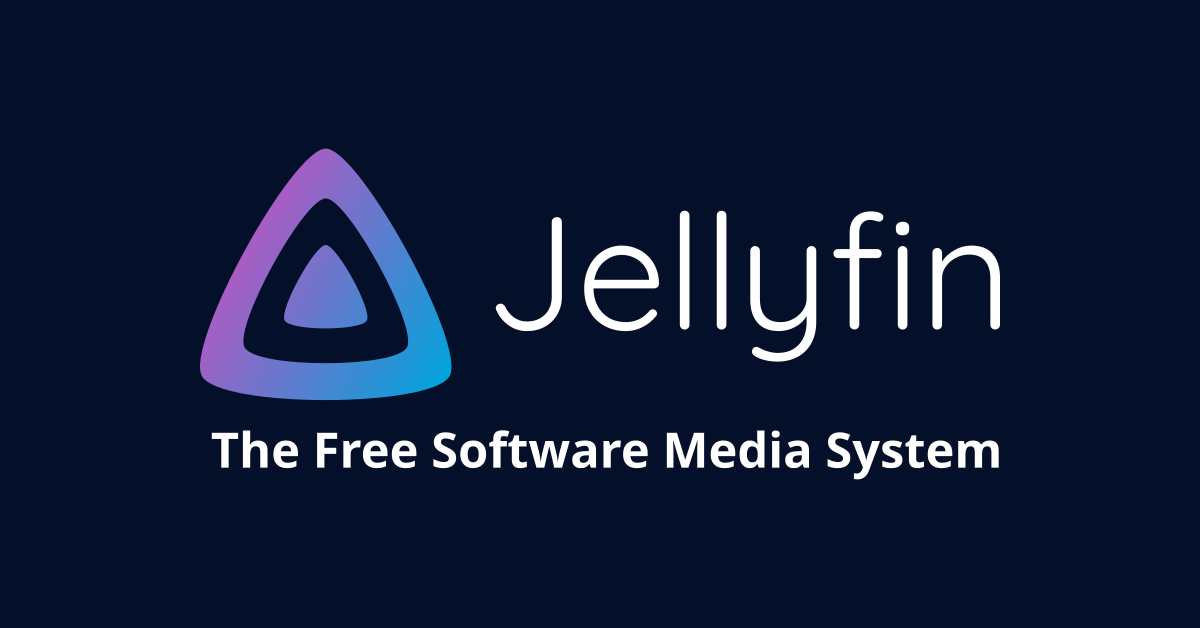When we say this 2.0.0 release is a major milestone, we honestly mean it. New features and bug fixes abound, but even behind the scenes the updates continue all the way to the foundation with us updating every single file in the app to support a new programming language. You can’t get more monumental than that!
Read more on the blog to learn about some of the exciting new features, or read the full release notes.



Plex still wins on client compatibility, ease of server & client setup, and at least has the 3 commonly used oidc login providers available.
Jellyfin you may need to point external clients to your server manually as well as setup everything so they can actually connect. There are so many ways to do this that it can be paralyzing to actually decide which to try as a beginner. Local clients can usually use discovery if the firewall and container are setup correctly for the jellyfin server. Accounts have to be created manually unless you use something like jfa-go. For oidc, there’s only 3rd party plugin in alpha state and looks like people use it so guess it works well enough.
As others have said, you can have both running on the same system pointed at the same content. If you’re following the plex naming scheme should match pretty well in jellyfin, nfo files work really well for jellyfin metadata too. Lets you get an idea of it and whether it could meet your needs.
I mostly switched to Jellyfin over 3 years ago, shutdown my plex server 2 years ago after many tiny annoyances over the years. I had tried to get my family switched over but it is too much hassle for them and myself still. Been working on setting up some cheap htpc’s for that purpose but it’s not a priority for me.